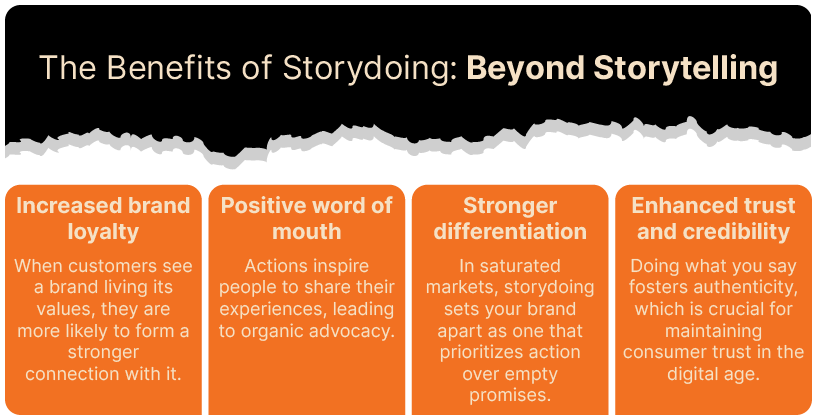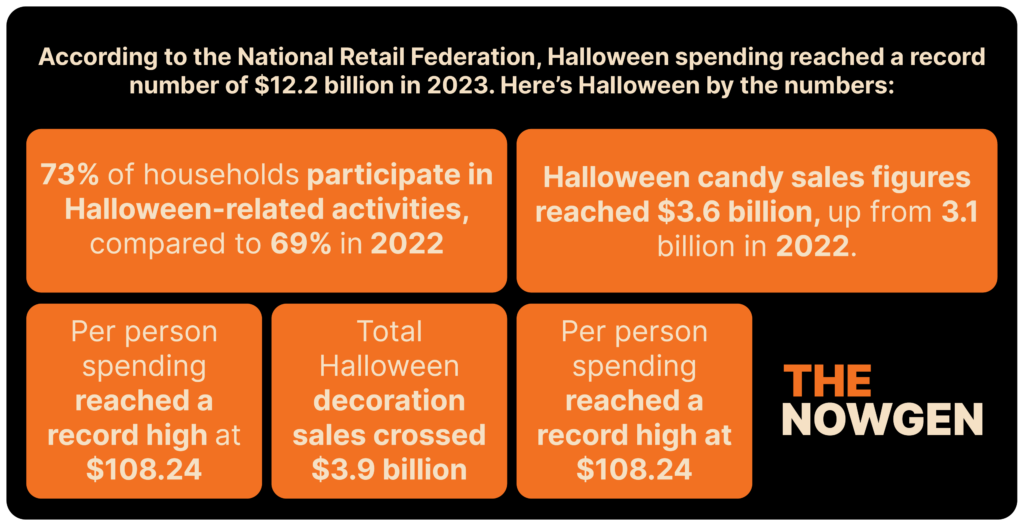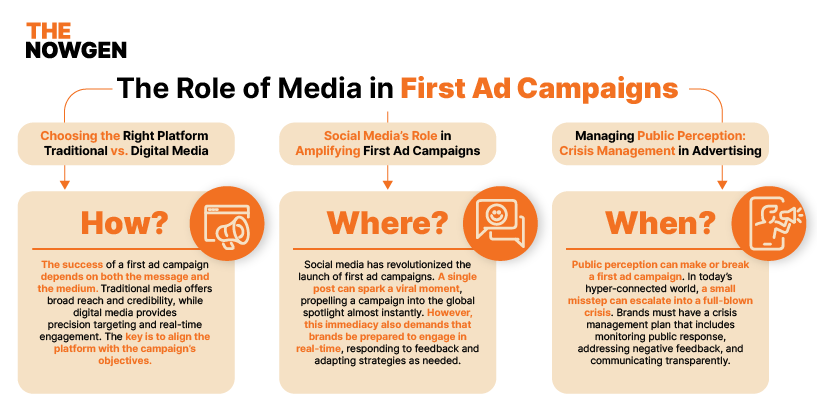
Only a few brands can etch their names into history in a world where trends fade as quickly as they emerge. What sets these enduring brands apart from those that disappear? The answer lies in a delicate balance of consistency, adaptability, emotional connection, and strategic innovation.
A strong brand is more than just a name or a logo—it’s a living entity that evolves with its audience, remains relevant and creates lasting relationships. This guide will explore the strategies that allow brands to thrive for generations.
Defining Your Brand’s Core Identity: The DNA of Longevity
A brand without a clear identity is like a ship without a compass—it drifts aimlessly. You must define its purpose, values, and mission to build a brand that will endure.
🔹 The Foundation: Purpose, Values, and Mission
- What does your brand stand for beyond profit?
- How do your core values align with your audience’s beliefs?
- Can your mission inspire long-term loyalty and engagement?
🔹 Crafting a Compelling Brand Story
Every great brand tells a powerful, emotionally charged story. Your brand’s journey, challenges, and triumphs create a narrative that resonates with consumers.
🔹 Aligning Identity with Audience Expectations
Your brand must evolve with consumer needs while remaining true to its essence. The key is understanding your audience profoundly and staying connected.
Building a Brand That Connects Emotionally
People don’t just buy products; they buy into emotions, stories, and experiences. Brands that forge emotional connections create lifelong customers.
Understanding consumer psychology is key to developing trust, loyalty, and engagement. A few strategies to strengthen these connections include:
- Authenticity – Consumers appreciate brands that feel real and relatable.
- Personalization – Tailoring experiences makes customers feel valued.
- Storytelling – A memorable story makes a brand unforgettable.
By fostering emotional bonds, brands can turn casual buyers into loyal advocates.
Consistency is King: Creating a Recognizable Presence
No matter how great a brand’s message is, it won’t stick if it isn’t consistent. Recognition breeds trust, and trust leads to loyalty. Brands that change their messaging too often or lack a unified presence confuse customers and weaken their impact.
Consistency should be present in every interaction, from the logo and color palette to the tone of voice and customer experience. A brand’s personality should feel the same whether a customer is browsing a website, seeing an ad, or speaking with customer service.
Think about some of the most recognizable brands in the world. Their colors, fonts, and messaging haven’t drastically changed, yet they remain fresh. That’s because they’ve built a strong foundation of consistency, allowing them to evolve without losing their identity.
Innovation and Adaptability: Staying Relevant Over Time
A brand that refuses to evolve will eventually be left behind. The world changes, consumer behaviors shift, and new competitors emerge. Brands that last understand that staying relevant doesn’t mean abandoning their core identity—it means adapting while staying true to their values.
Successful brands balance tradition with innovation. They monitor industry trends, listen to customers, and adjust their strategies accordingly. Whether incorporating new technology, shifting their marketing approach, or redefining their product offerings, they evolve purposefully.
One of the best examples is how certain legacy brands reinvented themselves while maintaining their heritage. By recognizing when to pivot and when to hold onto tradition, they continue to thrive.
Future-Proofing Your Brand for Long-Term Success
The brands that last aren’t just reacting to change—they’re anticipating it. Future-proofing requires foresight, adaptability, and a commitment to evolving responsibly.
🌍 Sustainable Branding: Why Ethics Matter More Than Ever
Consumers increasingly support brands prioritizing sustainability, ethical sourcing, and corporate responsibility.
🌍 The Role of Technology in Brand Evolution
From AI-driven personalization to blockchain transparency, technology is redefining branding. Brands that embrace digital transformation stay ahead.
🌍 Continuous Growth in an Evolving Marketplace
Success isn’t about one-time wins; it’s about long-term momentum. Brands must continuously analyze trends, refine strategies, and innovate.
Creating a lasting brand requires more than great products—it demands vision, consistency, innovation, and emotional connection.
🔹 Stay true to your core identity while evolving with time
🔹 Build trust and emotional connections with your audience
🔹 Embrace change, innovate strategically, and remain consistent
The brands that follow these principles don’t just survive—they thrive. Are you ready to build a brand that lasts? 🚀























